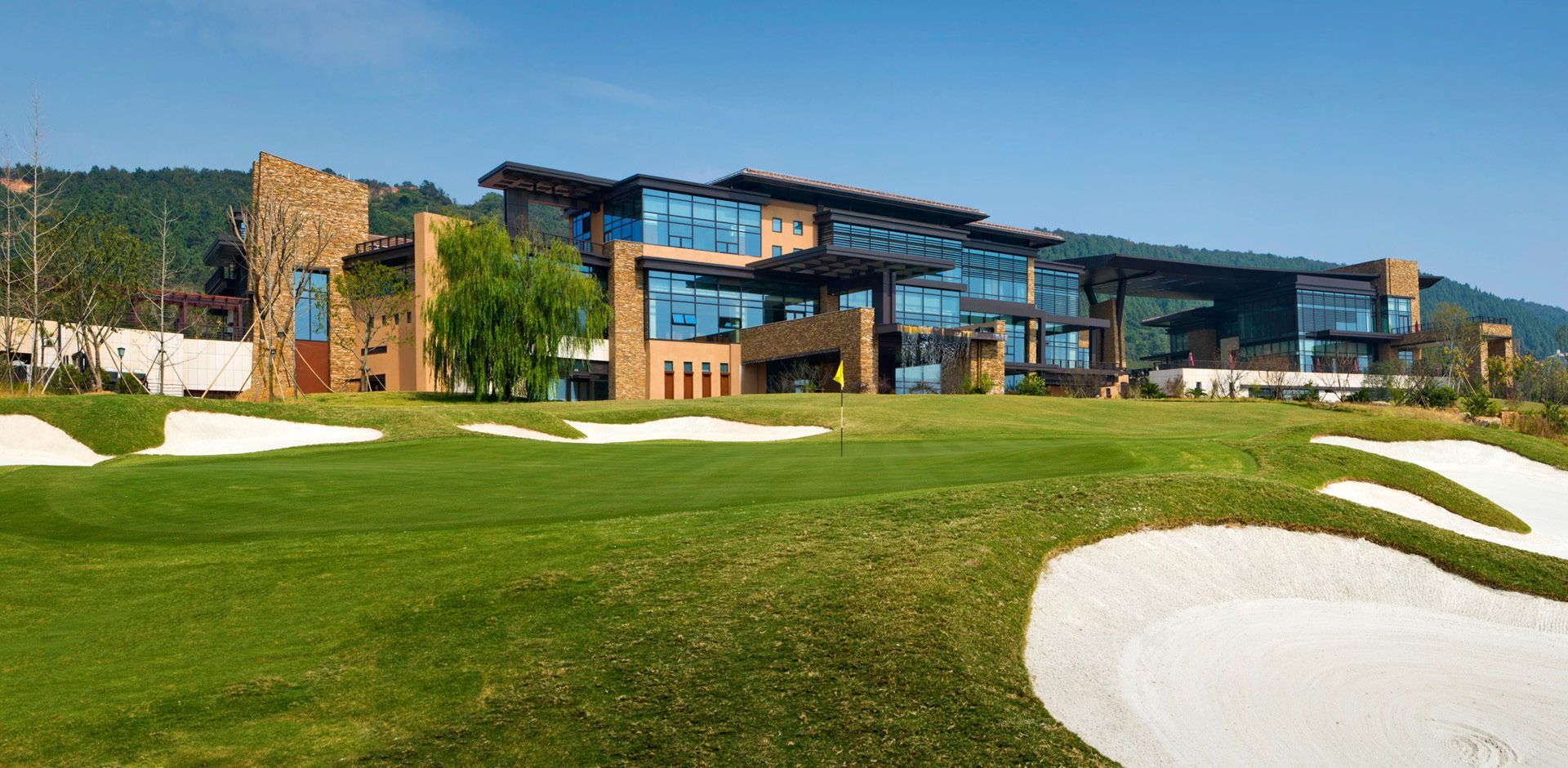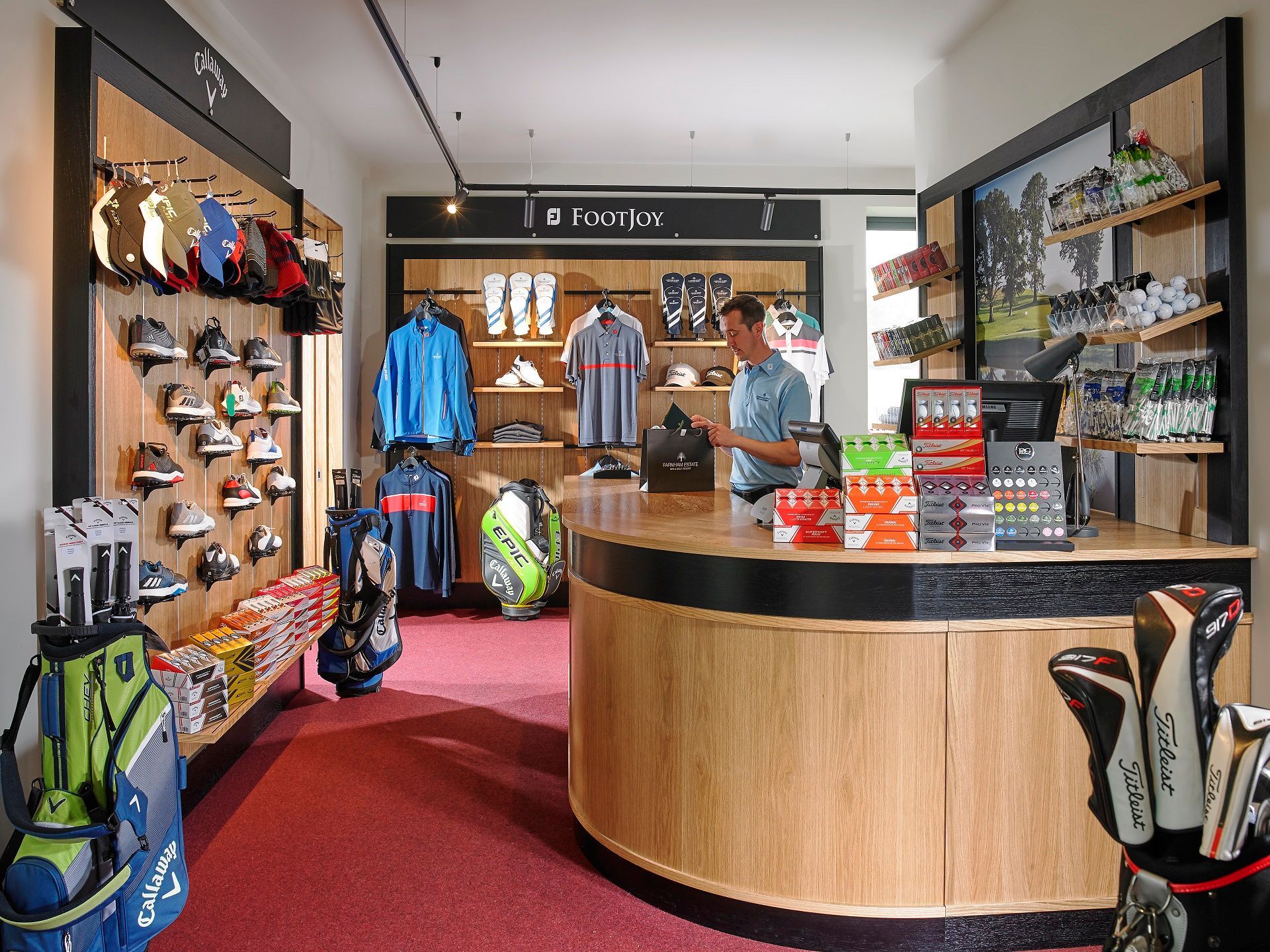May 23, 2025
The Modern Club Experience: What Golfers Expect in 2025 and Beyond
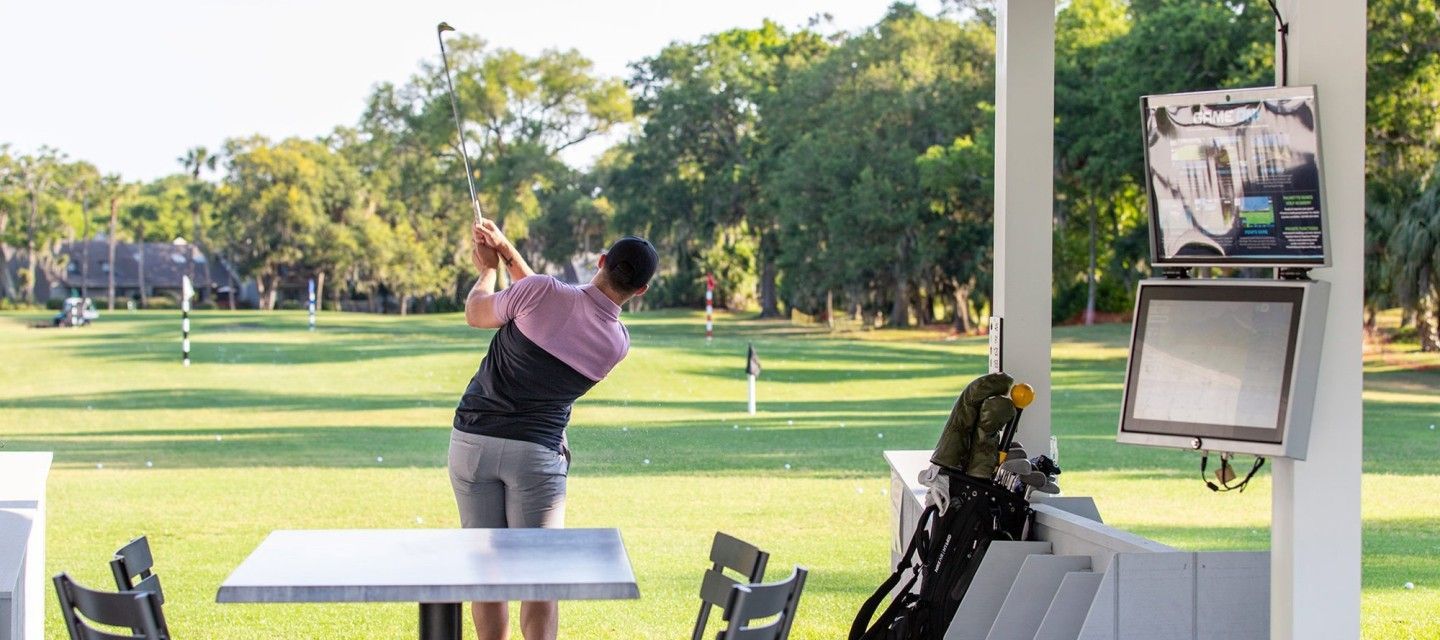
Meeting the evolving expectations of today's golfers with innovation, hospitality, and vision

The Shifting Landscape of Golfer Expectations
The world of golf has always maintained a strong connection to tradition, but the expectations of today’s and tomorrow’s players are evolving at a pace few could have predicted. While core aspects like pristine course conditions and strong professional instruction remain vital, a new generation of golfers is redefining what a "great club experience" really means. The rise of digital convenience, flexible lifestyles, and a consumer-first mindset is influencing golfers of all ages to look beyond fairways and greens when choosing a club to belong to.
This shift isn't simply a trend; it’s a fundamental realignment in how golfers see value. No longer satisfied with rigid tee times and static member benefits, the modern golfer seeks personalized experiences, streamlined technology, and spaces that cater to both social and professional aspects of life. Clubs that embrace this mindset are quickly distinguishing themselves from those that continue to rely solely on reputation or legacy.
The players shaping these expectations range from young adults entering the game for the first time, to mid-career professionals seeking recreation and networking, to retirees who now value convenience and variety as much as tradition. They all demand one thing in common: more than just golf. This broader, more immersive expectation is reshaping how clubs must plan for success.
Redefining Member Engagement and Service
Gone are the days when a pro shop handshake and a well-maintained course were enough to retain members. Today’s golfer, regardless of age, is conditioned by high-touch service industries like hospitality, fitness, and entertainment. Clubs in 2025 must meet these new expectations with a renewed focus on proactive service, personalization, and frictionless interactions.
From the first point of contact to the day-to-day member experience, everything must feel curated and member-centric. Whether it’s remembering favorite tee times, offering recommendations based on a player's preferences, or creating adaptive pricing models, clubs that invest in personalization are seeing dramatic improvements in retention and satisfaction. Members want to feel known, understood, and valued—not just as golfers, but as people.
This goes hand in hand with modern communication. Outdated systems like bulletin boards or inconsistent emails no longer suffice. Members want dynamic apps, personalized text alerts, seamless mobile bookings, and real-time updates. Communication must be instant, relevant, and engaging, reflecting the lifestyle habits of members who live with their phones in hand and expect timely responses in every area of their lives.
Technology as a Differentiator, Not a Disruption
While tradition still has its place in golf, the successful club of 2025 views technology not as a threat to culture but as an amplifier of excellence. Clubs that have embraced technology across their operations are outperforming those that haven't, not only in member satisfaction but in operational efficiency, marketing reach, and long-term sustainability.
Whether it's advanced tee sheet analytics, AI-based irrigation management, or member apps that consolidate everything from booking to billing, technology has shifted from being a luxury to a baseline expectation. But it’s not about bells and whistles—it’s about solving real pain points and enabling better experiences. Technology helps members spend more time enjoying the club and less time navigating it.
Even on the range, simulators, shot tracking, and video swing analysis tools are no longer exclusive to elite training centers. They're now common expectations for clubs that want to attract skilled players and tech-savvy beginners alike. The ability to offer digital instruction, virtual play, and data-driven improvement makes clubs more relevant to today’s modern golfer.
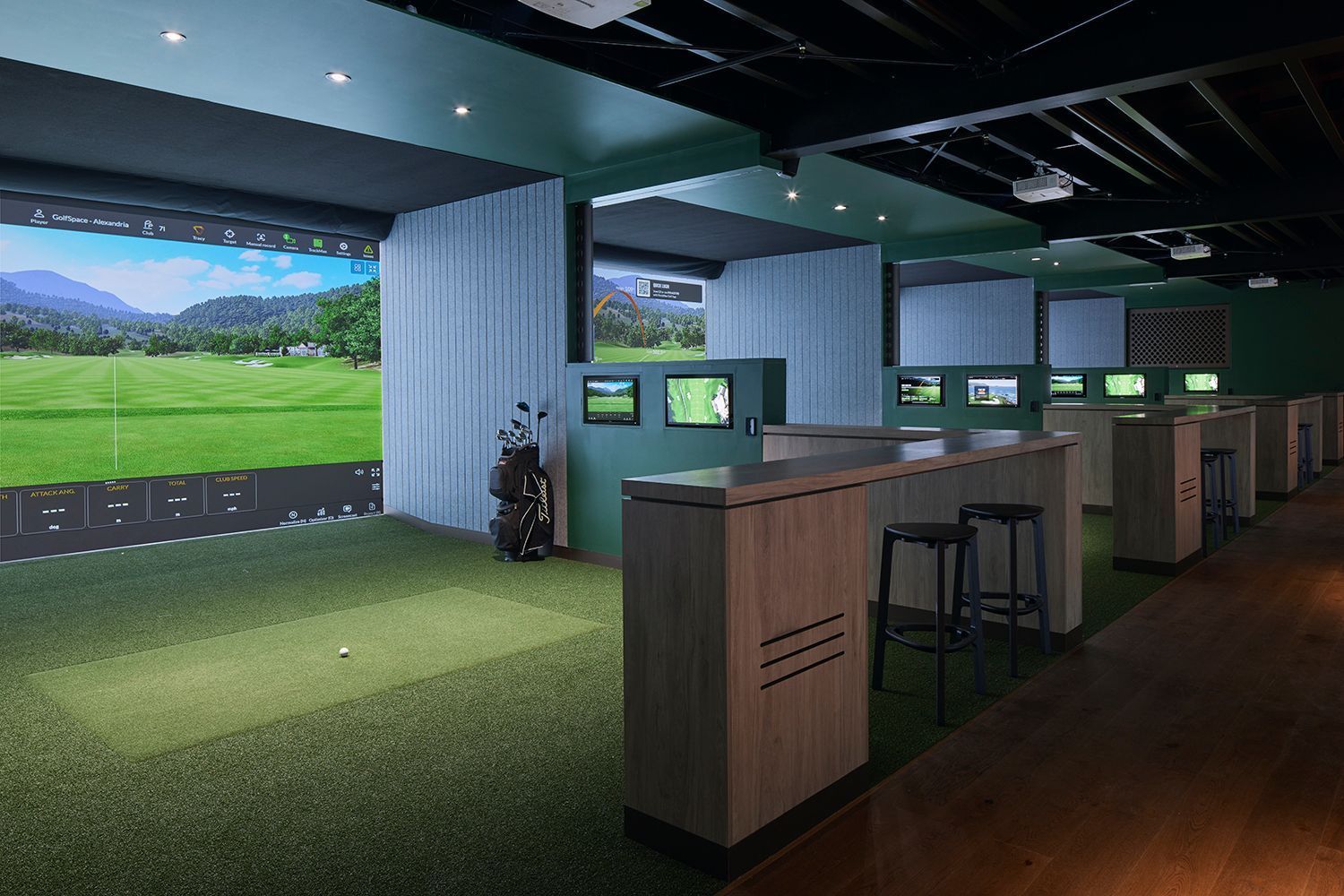
The Rise of Flexible Membership Models
In 2025, the one-size-fits-all membership model is quickly being replaced with tiered, customizable experiences. Golfers want more flexibility, not just in terms of how often they play, but in how they engage with the club as a whole. Lifestyle-centric membership options are increasingly popular, reflecting the fact that modern members want more ways to belong.
Some may want weekend access only, others may value fitness, social events, or family amenities more than unlimited golf. The clubs that recognize and respond to these differences are growing their base faster and more sustainably than those clinging to outdated models. Membership needs to feel like a value-add, not a fixed obligation.
The future club understands that a family of five might use the course differently than a corporate member or a retiree. It’s about finding the right fit for each member and building pathways that evolve with their life stages. This approach also opens new doors for revenue without sacrificing the club’s culture or integrity.
Creating a Lifestyle Destination, Not Just a Golf Club
To thrive in the years ahead, golf clubs must become lifestyle destinations. That means expanding offerings well beyond the 18th green. Dining, wellness, coworking spaces, entertainment, and social programming are not just amenities—they’re now core to the member experience. Golf is a pillar, but it’s not the whole structure.
Many clubs are investing in enhanced dining programs with rotating menus, chef-curated events, and craft beverage options. Fitness centers rival boutique gyms. Pools and spas now cater to full family experiences, while clubs double as venues for weddings, charity events, and community gatherings. It’s about building a space people want to visit daily, not just when they play.
This evolution doesn’t dilute the game’s tradition—it complements it. When the golf course is part of a broader lifestyle experience, it becomes more relevant and sustainable. The result is deeper loyalty, greater participation across demographics, and more resilient revenue streams.
Programming That Builds Community and Belonging
Programming is no longer a secondary concern. In the modern club, it’s central to the experience. Golfers today want to be part of something bigger than just a round of golf. They seek connection, learning, and meaning. The clubs that recognize this and offer rich, intentional programming are standing out.
Whether it's golf schools for juniors, couples leagues, wine tastings, or speaker series with local business leaders, clubs that provide ongoing opportunities for members to connect are building a culture that’s magnetic. These moments create emotional investment, which drives long-term retention. Members don’t just use the club—they identify with it.
This sense of community is especially critical in a post-pandemic world where people are actively seeking places that offer both social reconnection and personal enrichment. Golf clubs are uniquely positioned to deliver both, but only if they prioritize experiences over transactions.
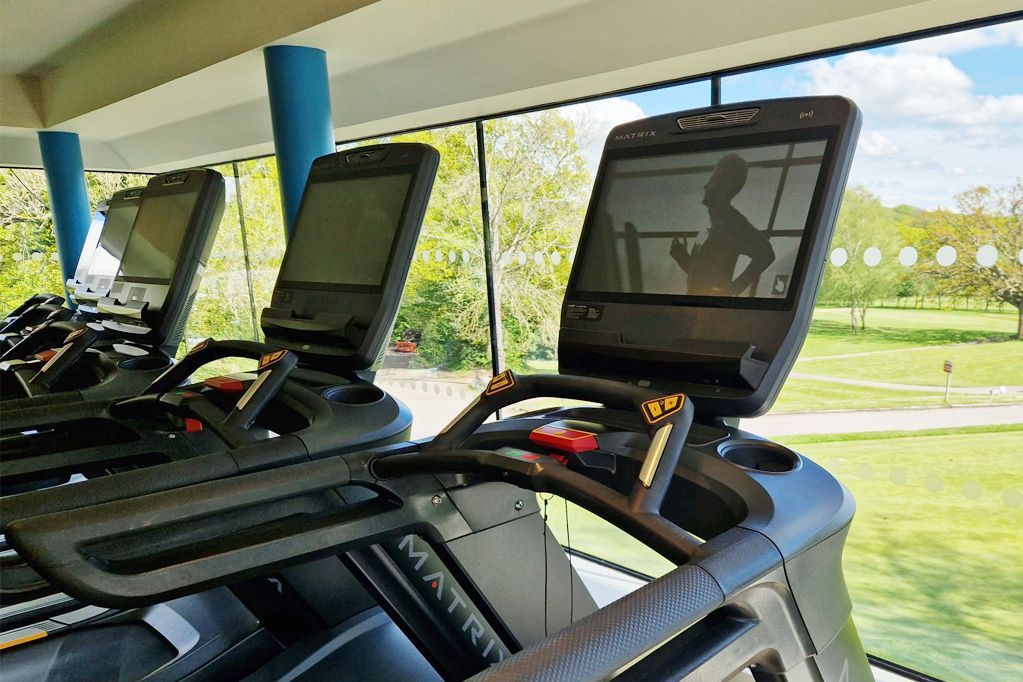
Wellness as a Cornerstone of the Club Experience
Health and wellness have become core values for today’s consumers, and golf clubs must reflect this shift. In 2025, leading clubs are integrating wellness in ways that go far beyond a gym and smoothie bar. Holistic health is now a central theme—touching everything from food offerings to mental wellness spaces to recovery technologies for aging members.
Forward-thinking clubs are investing in mindfulness programming, sleep and nutrition education, and even on-site wellness professionals. Yoga on the range, meditation rooms, and guided hikes are becoming staples. For many members, these offerings are just as important as their index.
This evolution reflects a generational change and a redefinition of what it means to "live well." Golf has long been associated with longevity and lifestyle. Now, clubs have the opportunity to fully embrace that identity and offer health-forward environments that support the full spectrum of their members’ well-being.
Designing Spaces for the Future
The modern club is not just rethinking what it offers—it’s rethinking how it looks and feels. Architectural and interior design now play a strategic role in how welcoming, efficient, and engaging a club becomes. Members want environments that inspire them, are visually stunning, and support their evolving needs.
From open-concept clubhouses with multipurpose spaces to locker rooms that feel like boutique hotel lounges, design is influencing perception, usage, and even membership sales. Outdoor gathering spaces, technology-integrated meeting rooms, and thoughtfully designed practice areas all signal innovation and care.
Design also includes accessibility and inclusivity. In 2025, the best clubs are eliminating barriers—both physical and cultural. That might mean creating gender-neutral facilities, embracing neurodiverse-friendly layouts, or simply ensuring older members have a more comfortable and accessible experience throughout the property.
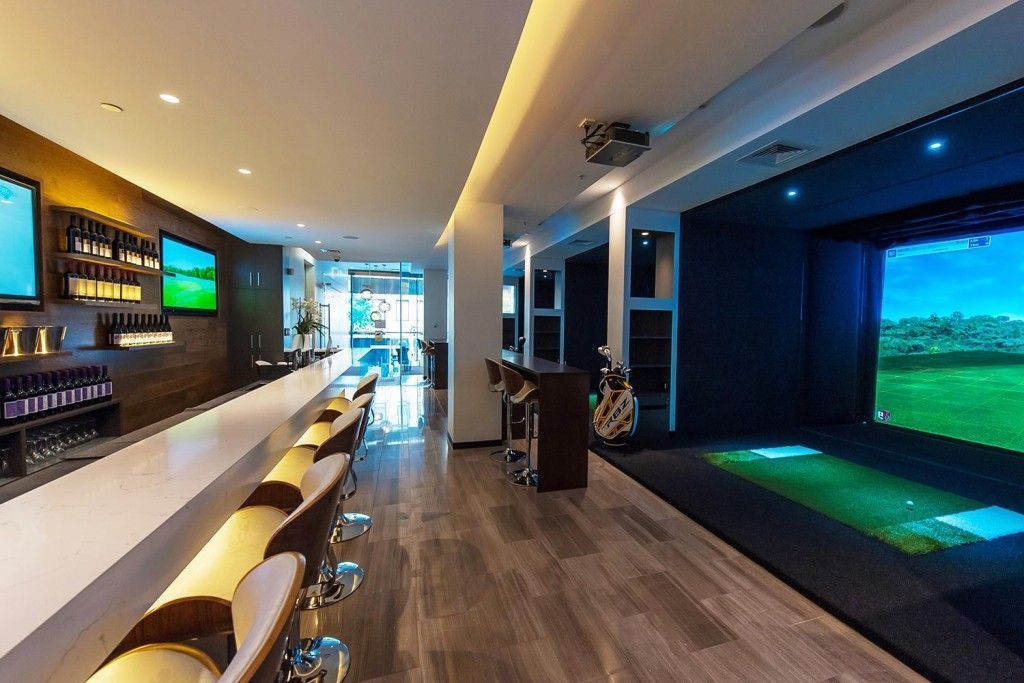
The Evolving Role of Staff and Leadership
In this new club model, leadership and staff play an increasingly vital role. The culture of a club isn’t defined by policy—it’s lived out by people. As clubs become more dynamic, the need for empathetic, entrepreneurial, and service-oriented staff grows exponentially.
Instructors, front desk teams, F&B managers, and even greenskeepers must now act as brand ambassadors. Their ability to connect with members, solve problems, and reflect the club’s values directly impacts satisfaction and referrals. For club owners and GMs, this means investing in leadership development, training, and culture-building is more critical than ever.
Furthermore, transparency and member relations are no longer optional. Modern members expect clear communication, consistent messaging, and a sense of shared ownership in the club’s direction. Progressive clubs are opening channels for feedback and showing members they are heard and valued.
Conclusion: The Club of Tomorrow Is Built Today
The expectations of golfers in 2025 and beyond are clear: personalized, flexible, technologically integrated, and lifestyle-enriching club experiences. The successful club is no longer just a place to play—it’s a place to live, grow, and connect. Those who recognize and embrace this transformation are building resilient institutions that will not only survive but thrive in the coming decades.
Golf is at a unique crossroads, where tradition meets innovation. Clubs that can blend these elements with authenticity and vision are not only shaping a better experience for their members—they are shaping the future of the game itself.
More from Fairway Control
